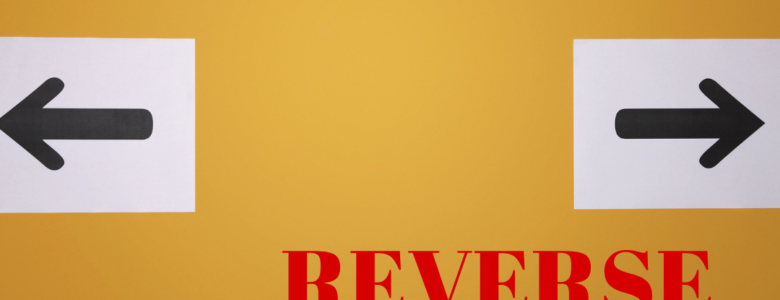There are various options available when it comes to purchasing a home or tapping into your home’s equity, such as traditional mortgages and reverse mortgages. These types of mortgages involve borrowing money, but they differ in several ways. In this article, we’ll explore the key differences between them to help you determine the right option for you.
Section 1: Basics of Traditional Mortgages
A traditional mortgage is a type of loan used to purchase or refinance a home. With a traditional mortgage, the borrower makes regular payments of principal and interest to repay the loan over time. The amount of the loan is typically based on the home’s appraised value, the borrower’s credit worthiness, and their ability to repay the loan.
Section 2: Basics of Reverse Mortgages
A reverse mortgage, on the other hand, is a type of loan that allows homeowners who are 62 or older to borrow against the equity in their home. Unlike a traditional mortgage, the borrower does not make regular payments to repay the loan. The borrower repays the loan when they sell the home, move out permanently, or pass away.
Section 3: Eligibility Requirements
To qualify for a traditional mortgage, borrowers typically need to have a good credit score, a steady income, and a down payment. In contrast, the eligibility requirements for a reverse mortgage are much more relaxed. Borrowers do not need to have a good credit score or income, and there is no down payment required.
Section 4: Loan Amounts
A traditional mortgage is based on the home’s appraised value and the borrower’s ability to repay the loan. A reverse mortgage amount, however, is based on the value of the home, the borrower’s age, and the interest rate. Usually, the older the borrower, the more they can borrow.
Section 5: Repayment
The borrower makes regular payments of principal and interest over time to repay a traditional mortgage, while with a reverse mortgage, the loan is repaid when the borrower sells the home, moves out permanently, or passes away. At that point, the lender will receive the loan amount plus any interest that has accrued.
Section 6: Interest Rates
The interest rates for traditional mortgages are generally lower than those for reverse mortgages. Lenders consider traditional mortgages less risky because borrowers typically have a steady income and are younger. Reverse mortgages, on the other hand, are riskier for lenders since the borrower does not make regular payments and the loan balance can increase over time.
Section 7: Fees
Both traditional mortgages and reverse mortgages come with fees, but the types of fees differ. Traditional mortgages typically come with origination fees, appraisal fees, and closing costs. Reverse mortgages, on the other hand, come with origination fees, mortgage insurance premiums, servicing fees, and closing costs.
Section 8: Use of Funds
With a traditional mortgage, the borrower typically uses the funds to purchase a home or refinance an existing mortgage. With a reverse mortgage, the borrower can use the funds for any purpose, including home repairs, medical expenses, or daily living expenses.
Traditional mortgages and reverse mortgages both involve borrowing money, but differ in important ways. With a traditional mortgage, homebuyers make regular payments of principal and interest over time to purchase or refinance a home. In contrast, reverse mortgages enable homeowners aged 62 or older to borrow against their home equity without making regular payments. The borrower repays the loan by selling the home, moving out permanently, or passing away. Lenders design these loans specifically for older homeowners. It’s crucial to understand the key differences between these two types of mortgages to determine which option is right for your financial situation.








